- Overview
- Tips for Success
- Get Lean
- Get Strong
- Fuel Your Body
Best Foods for Fitness

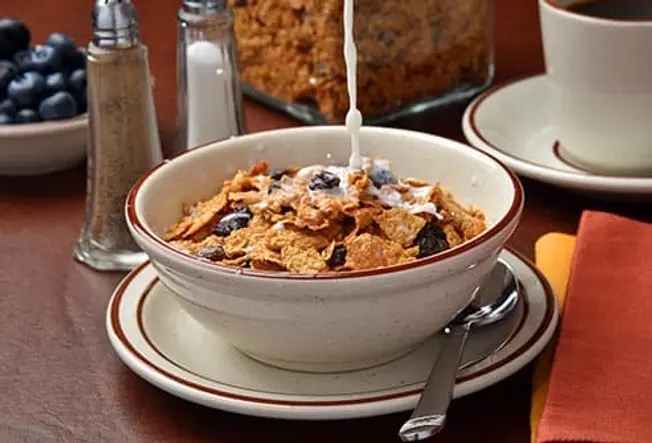
1. Start With Whole-Grain Cereal
If you don’t have enough to eat before you exercise, you may not have enough gas in the tank. You might burn fewer calories, too. Have some healthy carbs at least an hour in advance of your workout. Try a bowl of whole-grain cereal with skim milk and cut up fruit or some whole wheat toast or a bagel. Cream cheese and butter add saturated fat.
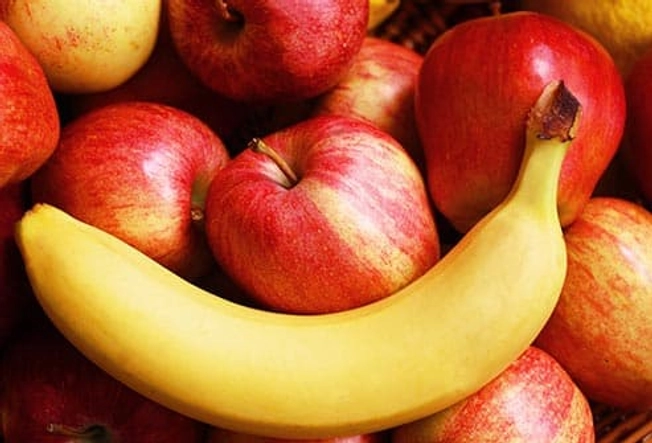
2. Grab a Banana
Don’t have much time before you head to the gym? Eat an apple or a banana 5 or 10 minutes before your workout for some quick, natural energy.
Your body easily digests these carbohydrates and turns them into the energy you need for exercise. Also, fruit is packed with helpful nutrients.
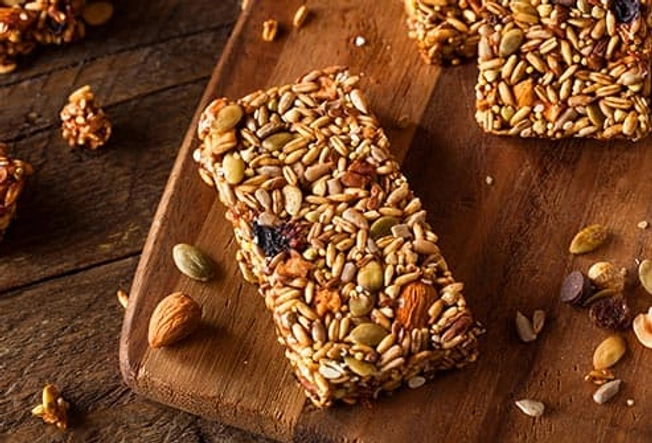
3. An Energy Bar in the Afternoon
When you’re working out later in the day, have a small snack about an hour before you get started. A sports bar that has 200 calories or less is a good option.
Look for a bar with low-fiber content, ideally 3 grams or less. Too much fiber before a workout can upset your stomach.
On the ingredients list, keep an eye out for sugar alcohols, like sorbitol, xylitol, isomalt, and mannitol. Too much of these ingredients can give you cramps or diarrhea.
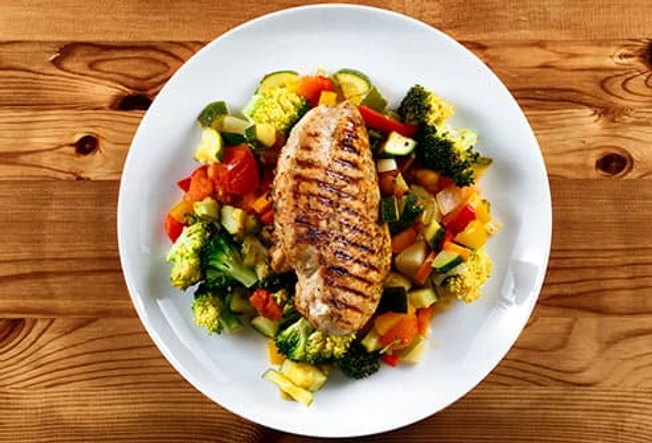
4. Grilled Chicken at Mealtime
When you exercise regularly, you need more protein than people who don’t, especially after a workout. Your body uses it to repair muscles, to make blood cells, and for many other purposes. For lunch or dinner, serve a leaner source, like grilled chicken or turkey, instead of something like a cheeseburger.
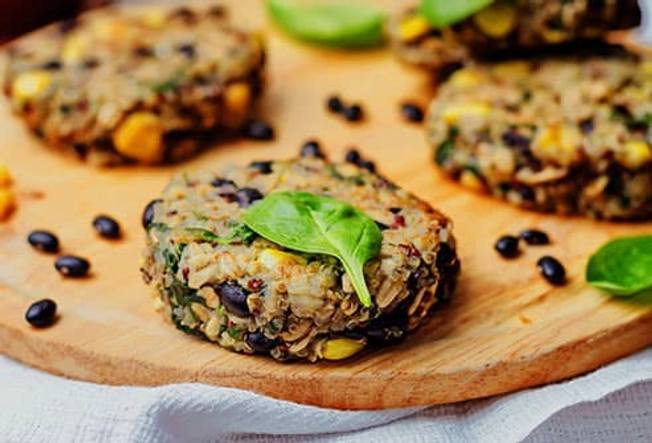
5. Black Bean Burger
Whether you sometimes try a meat-free meal or stick to a full-time vegetarian diet, you can get plenty of protein (and lots of other nutrients, including fiber) from plants. Try pinto, kidney, white, or black beans, split peas, or chickpeas. Soy products, like tofu and tempeh, and nuts also have protein.
- Related:Video: Weight Loss Myths, Busted
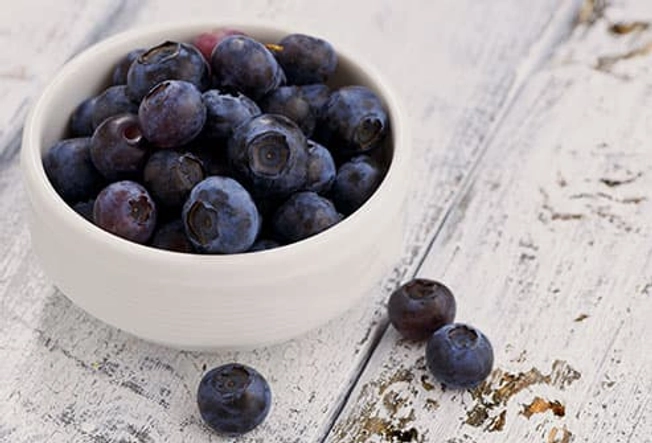
6. A Bowl of Berries
After a workout, go for these instead of a bottle of juice. A lot of the fiber in whole fruits is lost as they become juice.
Blueberries, in particular, have been shown to reduce muscle soreness from strenuous exercise. Cherries are another good option. But any berry will likely help.
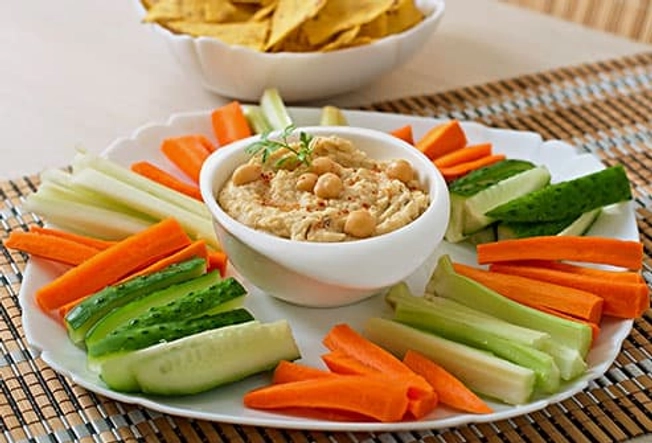
7. Veggies and Hummus
When you exercise regularly, it’s all too easy to overestimate how many calories you’ve burned. An intense, hour-long bike ride could burn 590 calories, but a more leisurely one might only use 290.
While you might feel like you’ve earned a cookie, it’s better to snack on fruits and vegetables. After you work out, pair your produce with protein to help you feel more full and replenish muscles. Try vegetables with hummus or fruit with Greek yogurt.
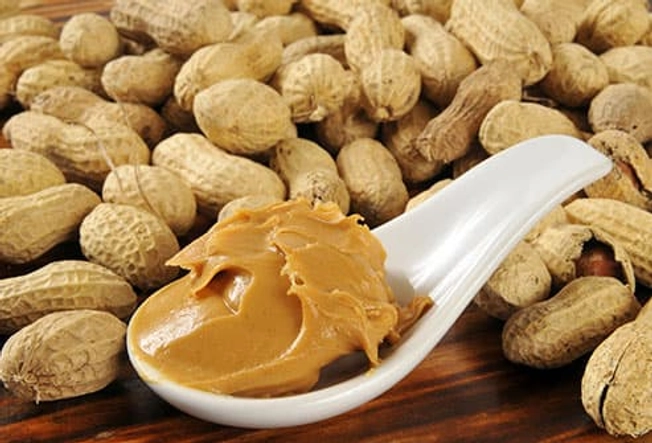
8. Peanut Butter
While you train for a big event, the ideal post-workout snack combines protein with carbs. Revisit your childhood with a sandwich made with 2 slices of bread and 4 tablespoons of peanut butter. Of course, now that you’re an adult, you can substitute almond butter. Or try two or three cooked eggs for protein with a half a bagel.
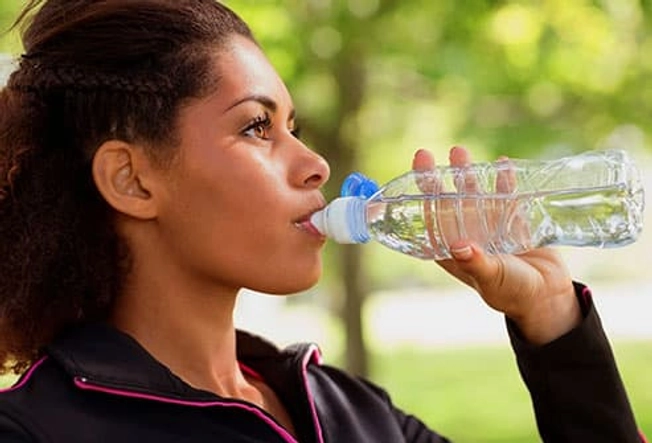
9. Water or a Sports Drink
Hydration is a must when you exercise. Often, water is all you need. But it depends on what you are doing. If your activity is less than 60 minutes, sip small amounts of water often to replace lost fluids. But when your workout is intense and lasts longer than an hour, a sports drink could help your hydration and your performance. Just keep an eye on the calories and sugar, like with any other drink, especially if you want to lose weight.

Sign up for our free Food & Fitness Newsletter
Get tips for eating better and exercising smarter
Slideshow: Healthy-Fat Foods

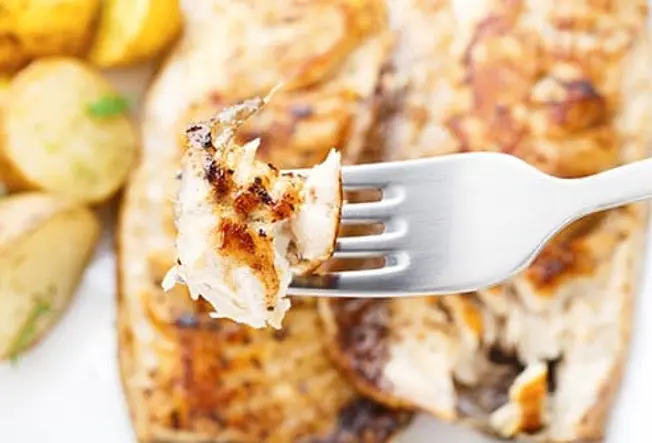
Fish
Naturally fatty fish like salmon, mackerel, herring, lake trout, sardines, and albacore tuna are good sources of omega-3 fatty acids. These are "good" fats that help keep your heart healthy. They may also help keep your brain sharp, especially as you get older. The American Heart Association suggests eating two servings of fatty fish a week. A serving is 3 ounces -- about the size of a deck of cards. Try it baked, grilled, or poached.
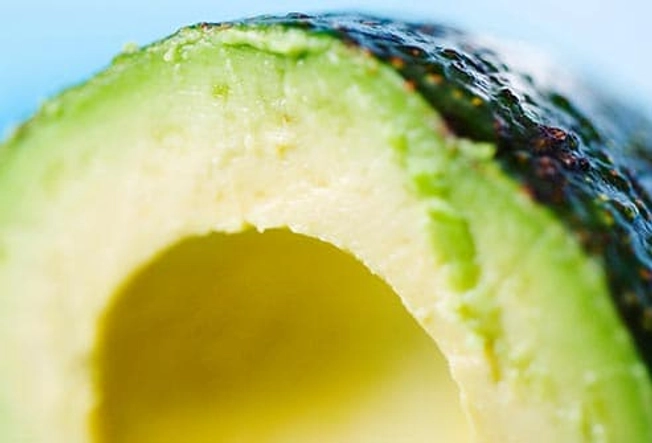
Avocado
Eat it on your sandwich, or serve it up in guacamole. Tasty avocado is good for your heart and may help with osteoarthritis symptoms, thanks to healthy fats.
An extra benefit? When you eat avocado with other foods, it helps your body better absorb their nutrients. Half a medium avocado is one serving and about 160 calories.

Seeds
Little pumpkin seeds, sunflower seeds, and sesame seeds pack a big punch. They have "good" fats that can lower cholesterol. In general, fats that come from plants are healthier than those from animal products. "Bad" fats are in foods like fatty cuts of meat, full-fat dairy products, and some packaged foods. Check food labels to see how much fat, and what type, you're getting. Limit saturated fats and avoid trans fats.
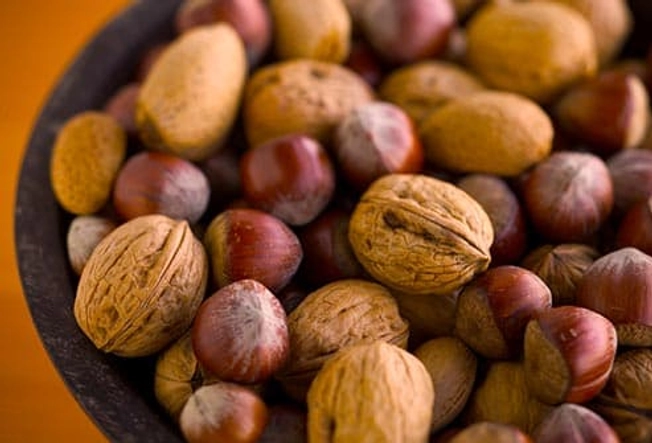
Nuts
From hazelnuts to pecans, all nuts are good for your heart. Walnuts, especially, deliver heart-healthy fats. But don't overdo it. Just because the fats are healthy doesn't mean you can eat as much as you want. A serving is 1 ounce. That's about 14 walnut halves, 23 almonds, 28 peanuts, 18 cashews, and 19 pecan halves.
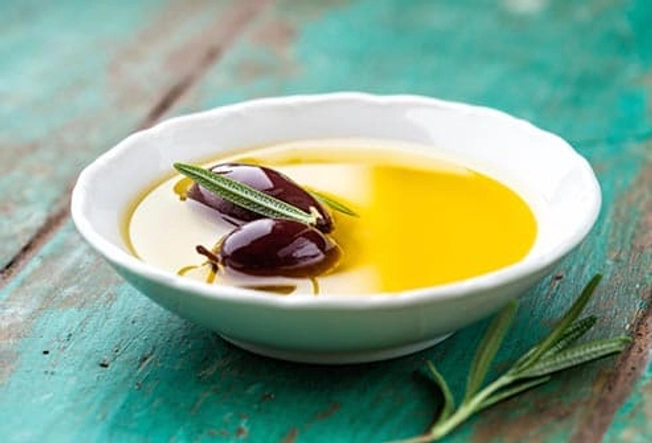
Olive Oil
Whether you're cooking or dressing your salad, try olive oil. It's high in good fat. Remember, though: It's always smart to watch how much fat -- even good fat -- you eat. So cook with less oil than a recipe calls for. Or use an olive oil spray. In baking, you can use applesauce for half the oil to cut back on some fat and shave calories.
- Related:Video: Weight Loss Myths, Busted
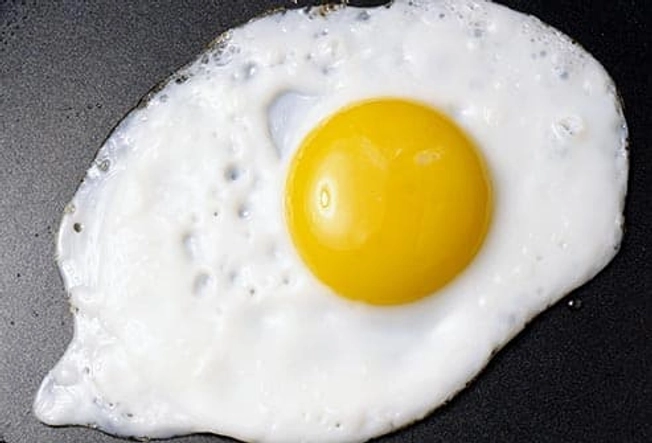
Eggs
Eggs are a great source of inexpensive protein. A large, hard-boiled egg has about 4.7 grams of fat, most from healthy fats. Some eggs are also enriched with extra omega-3s. It will say so on the carton.
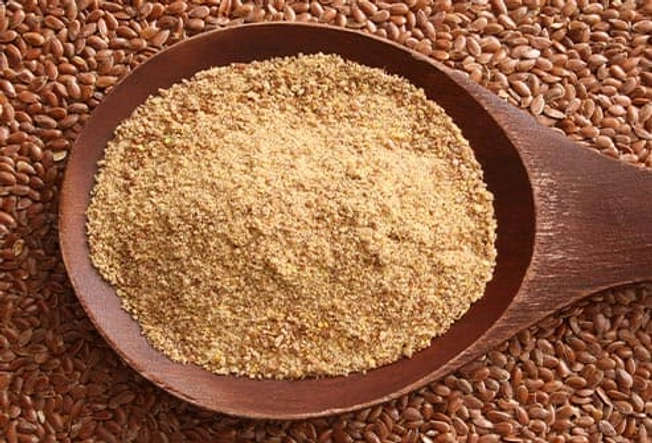
Ground Flaxseed
As part of a healthy diet, good-for-you fats can help make your skin look great -- plumper and younger. Plus, they add fiber and can help ease inflammation. Get good fats by sprinkling a teaspoon of ground flaxseed on your salad or your cereal, or use it when you're baking.
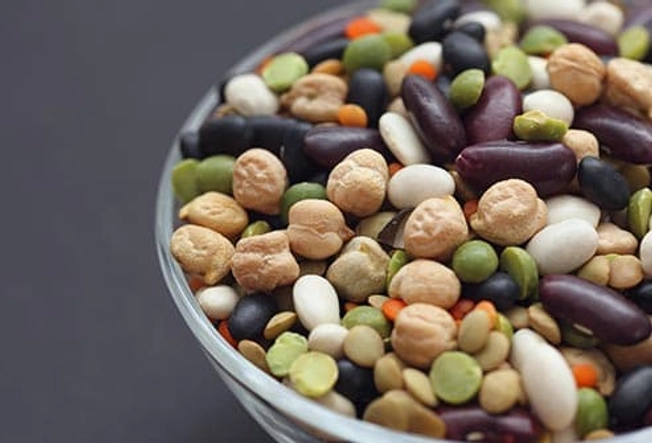
Beans
Whether they're kidney, Great Northern, navy, or soybeans, adding beans to your diet can be good for you mentally and physically. Beans have omega 3s, which may help with mood.
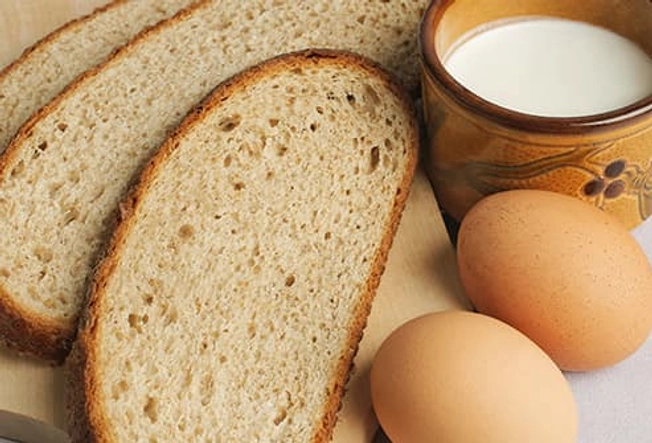
Omega-3-Fortified Foods
There are also many foods that have added omega-3s to make them healthier. You can find enriched milk and eggs, bread, and breakfast bars, for example. Check product labels to make sure. Plus, you may get more health benefits by getting omega-3s through fortified products than from a supplement.

Sign up for our free Food & Fitness Newsletter
Get tips for eating better and exercising smarter
Easy, Tasty Grilled Foods for Dinner Tonight

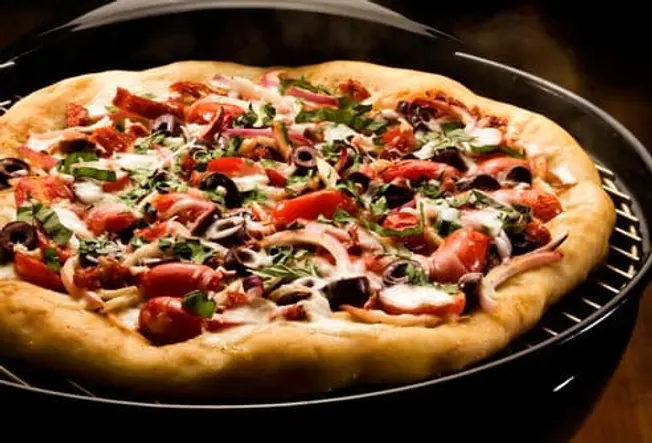
Put a Pizza on the Grill
The grill's intense heat is a lot like a restaurant pizza oven. Keep all your toppings light and cook them beforehand so they heat evenly on the grill. Lightly brush the crust with oil and sear both sides on the grill. Next, add the toppings and cover the grill. Cook about 3-7 minutes. Every minute, rotate the pizza 90 degrees to prevent burning. Whole-wheat crusts are healthier -- some recipes are specially made for grilling.
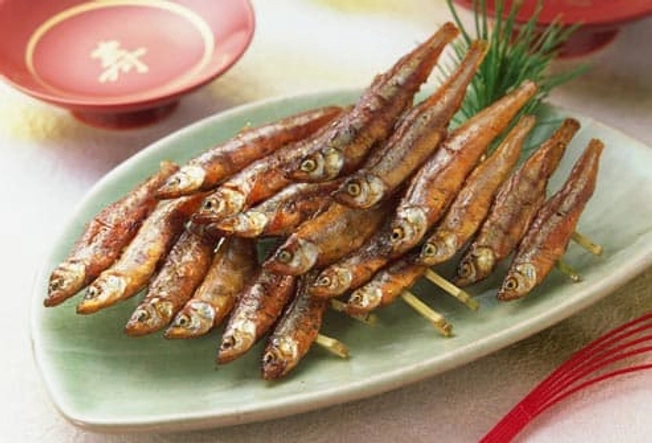
Skewered Fish
Skewers are great for cooking whole small fish like fresh sardines, which are loaded with heart-healthy fats. You can easily grill several fish at once. Insert one skewer through each fish near the base of the head. Insert a second skewer near the tail. That holds the fish firmly in place, so they're easy to turn. Brush them and the rack lightly with olive oil and cook the fish, turning once, just until they flake easily.
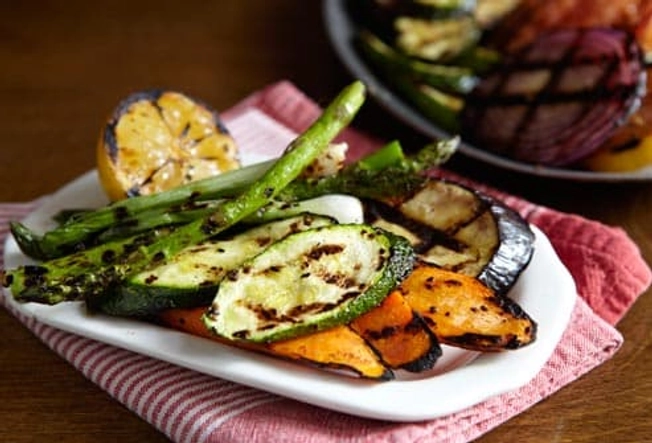
Grill-Worthy Veggies
Grilling is a great way to cook vegetables. High temperatures and quick cooking times help preserve their nutrients. Slice them thinly or in chunks for kebabs. The best veggies for the grill are sturdy and develop sweet flavors:
- Sweet peppers (6-8 minutes each side)
- Onions (5-7 minutes each side)
- Zucchini and other summer squash (5 minutes each side)
- Corn (25 minutes)
- Portabella mushrooms (7-10 minutes per side)
- Romaine lettuce hearts (3 minutes per side)
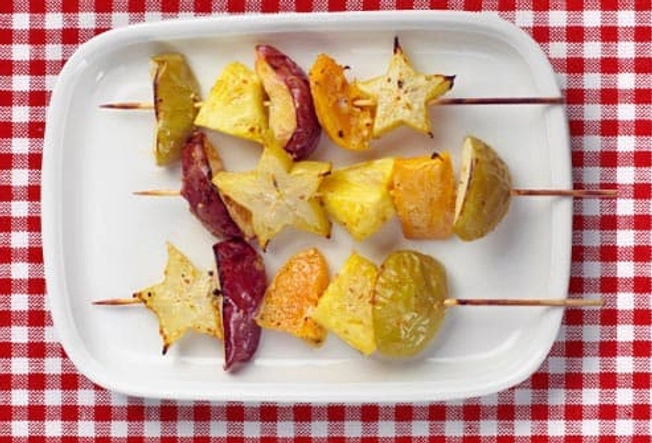
Grill Fruit for a Delicious Dessert
Grilling intensifies the sweetness of strawberries, peaches, pineapples, bananas, apples, pears, and other fruit. Cut fruit into pieces and spear them on skewers. Or wrap the pieces in foil. The trick is to cook with indirect heat. Turn down the gas or place the fruit on the edges of the grate. Cook the fruit only for a few minutes. Grill on low heat until it is hot and slightly golden.
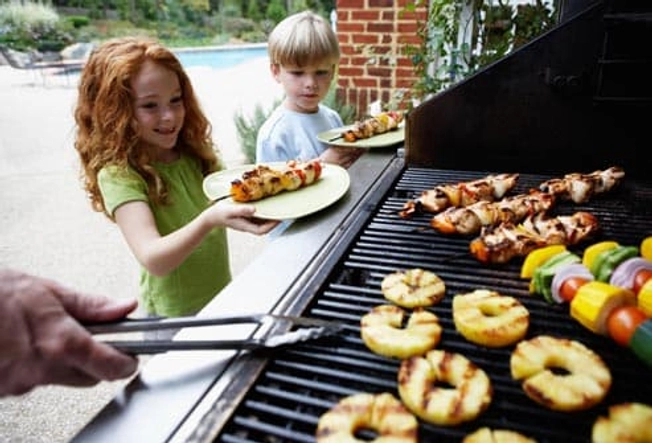
Kebabs for Kids
Kebabs make fun finger food out of any meal, even dessert. Kids love the idea of food on a stick, so let them build their own. For safety, grill meat or fish, vegetables, and fruits on separate skewers. Bite-size chunks of tomatoes, zucchini, peppers, mushrooms, and onions are a good veggie combination.
- Related:Ways to Cook With Shrimp
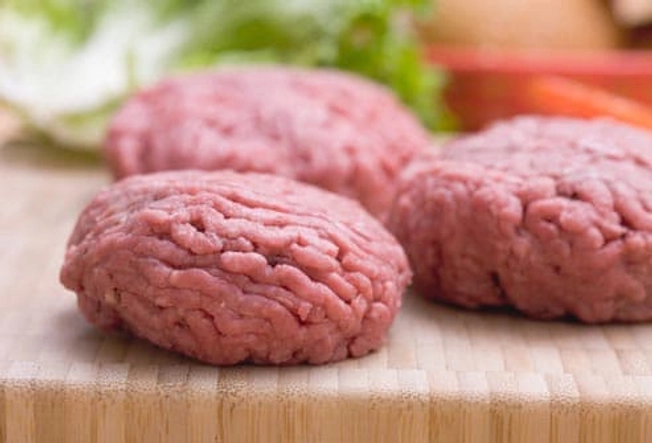
Better Burgers
Thinner burgers are healthier burgers because they cook faster. Grill 1/2- to 3/4-inch patties over medium heat. They'll stay juicy if you don't smash them on the grill with a spatula, which forces the juices out. Add some chopped bell pepper, carrot, onion, or barbecue sauce for a juicier turkey burger. Prepared veggie burgers may crumble less than homemade ones. Other meatless meaties: juicy portabella mushrooms and marinated tofu.
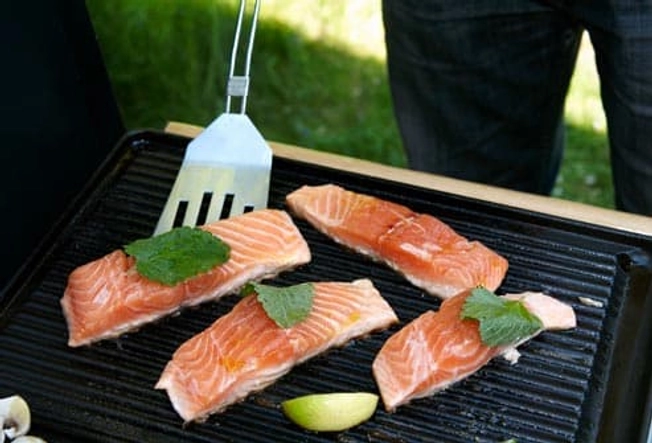
Fish That Can Take the Heat
Salmon is almost a grilling tradition -- it cooks well on the grill because its oils keep it moist and help prevent sticking. For medium-rare fillets, cook them about 4 minutes on each side. Besides salmon, the best fish to grill are ones that can be cut thickly and cooked with the skin. Consider halibut, tuna, trout, and swordfish. A well oiled grill can help prevent sticking.
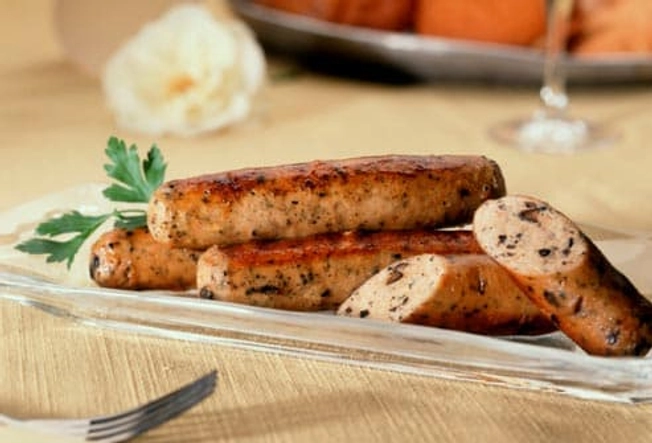
Slimmed-Down Dogs
Hot dogs and sausages can be a guilty pleasure. When you occasionally indulge, look for ones with 2 to 6 grams of fat, or made from chicken, turkey, or veggies. Serve dogs on a whole wheat bun with these tasty, healthy toppings:
- Diced avocado, red onion, and alfalfa sprouts
- Diced tomatoes, thinly sliced scallions, and jalapeños
- Shredded carrot, cilantro leaves, thinly sliced cucumber, and a squeeze of lime
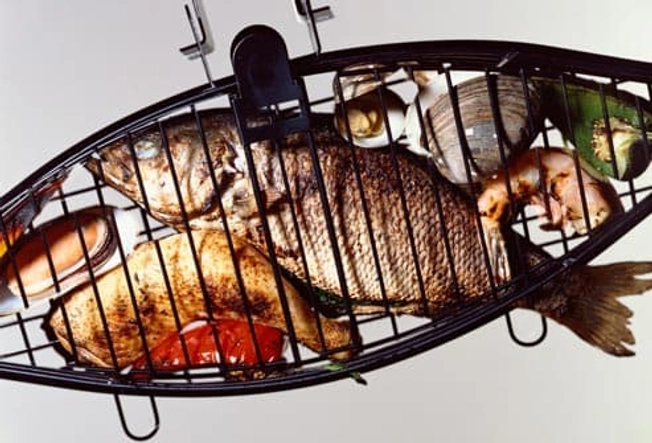
Tasty Ways to Grill Delicate Foods
You can grill small foods like eggplant slices, mushrooms, or flaky fish in a hinged grilling basket or foil packet, which holds the food firmly and is easy to turn over. Or choose a plank: Grilling small or delicate morsels on a wooden plank keeps them from falling apart (or through the grates). And it also infuses a light, smoky woodiness to foods, from prawns to figs. Follow instructions that come with your plank for pre-soaking and heating.
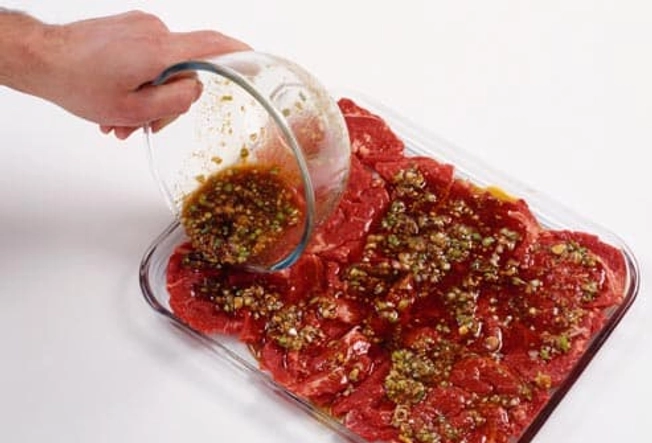
Try a Little Tenderness
Foods like flank steak were made for marinade. Marinating adds flavor and helps tenderize lean meats, so you get top-notch flavor without the high price and fat. And marinating meats before grilling may reduce the cancer risks of heterocyclic amines (HCAs). Marinade recipes may include soy sauce, brown sugar, honey, olive oil, garlic, spices, wine, vinegar, or citrus juices. Make sure to reserve some of the marinade for basting later. Then use the rest to marinate the meat in the refrigerator. Drain the meat before grilling.
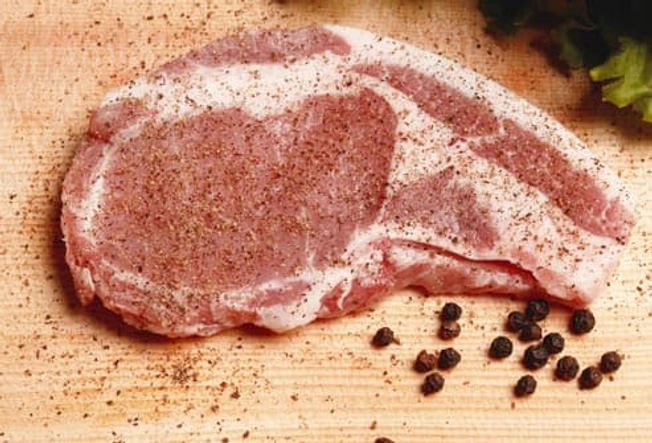
The Rub on Dry Rubs
Dry rubs are a mouth-watering alternative to heavy sauces. They pack lots of flavor for few calories. You can pat them on food just before grilling. Buy a low-sodium rub with less than 5 grams of sugar per serving. Or make your own custom rub. Try these for salmon or steak: paprika, pepper, and chili powder; or chili peppers, garlic, and cilantro. For chicken or white fish: oregano, thyme, pepper, coriander, and garlic or onion.
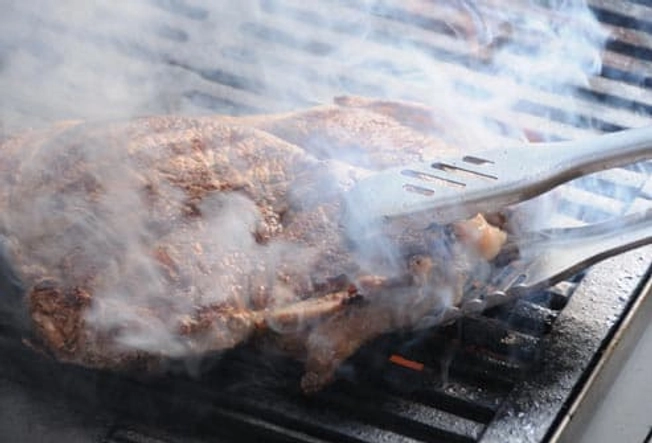
Slow and Smoky Secrets
Where there's rich, aromatic smoke, there's tasty, succulent meat. Smoking -- which is slow-cooking with indirect heat -- is often preferred for large cuts like briskets and pork loin, and whole turkeys or chickens.
Use a covered grill if you don't have a smoker. Put a pan of water under the grate between two piles of coals. Center the food over the pan. For the best smoke flavor, use beech, oak, hickory, apple, or maple wood.
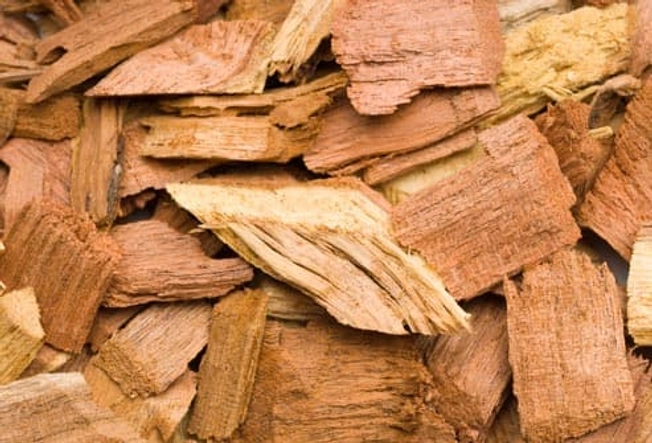
Wood-Fired Flavor
To add interesting new flavors into grilled foods, use mesquite or hickory chips in your grill. Other hardwoods that add a unique taste include pecan, oak, maple, and apple wood. Soak the chips in water, wine, or apple juice for an hour. Put them on top of the coals, or for gas grills, wrap them in a foil pouch and punch several small holes in it. Put it beneath the gas grill grate or near the flame of a propane grill or on its grate.
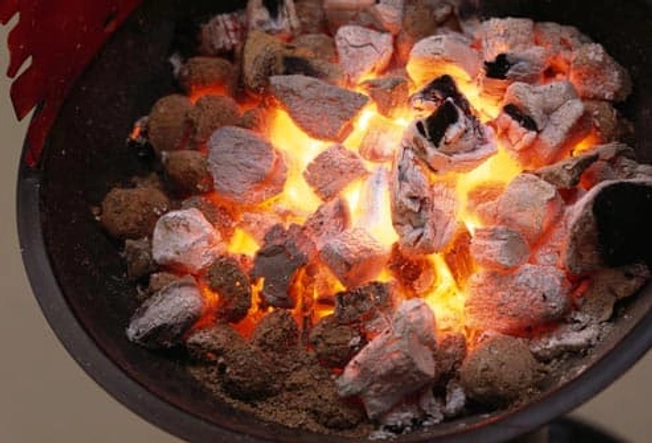
Cutting Cancer Risks From HCAs
Some ways of grilling meat can give rise to HCAs, which are believed to cause cancer. HCAs tend to form the longer meat cooks on the grill and when it gets charred or exposed to smoke from fat dripping on the coals. Grilling seafood, vegetables, or fruits doesn't create substantial HCAs. For healthier meat and poultry grilling:
- Cook small, lean pieces of meat, which take less time on the grill and produce less smoke from dripping fat.
- If you use a charcoal grill, center the food on the grate but push the coals to one side.
- Remove visible fat to prevent flare-ups.
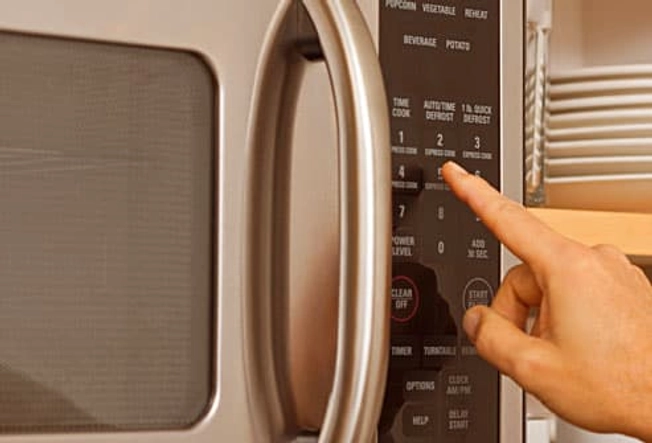
Precook for Quicker Grilling
Partially cooking meat in the oven, microwave, or on the stove can reduce grilling time and HCAs. Microwaving meat for 2 minutes before grilling releases some of its juices. Some research suggests that if you throw away those juices after microwaving, you may reduce 90% of HCAs. A hot tip: Always grill foods on a preheated grill immediately after precooking to prevent harmful bacteria from forming.
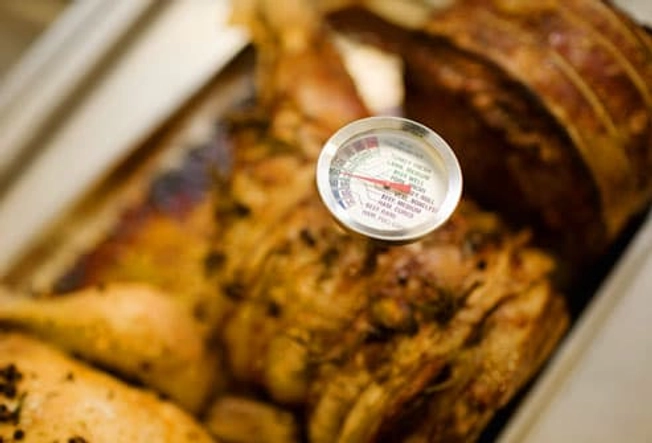
For Perfectly Cooked Foods, Use a Thermometer
Even the most expert griller can't tell when food is done just by looking at it -- or even cutting into it. A meat thermometer gives the best reading, so you won't be stuck with dried out, overcooked meats. You can take foods off the grill when they reach these internal temperatures:
- Poultry 165°
- Beef, pork, lamb, and veal (steaks, roasts, and chops) 145°
- Ground beef, pork, lamb, and veal 160°
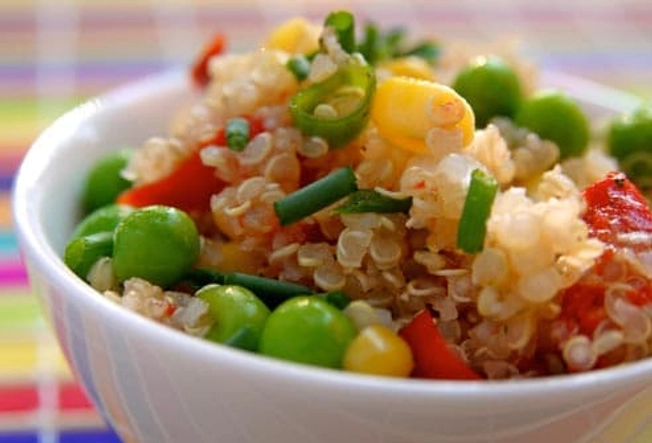
Better Barbecue Side Dishes
Traditional pasta and potato salads can be loaded with calories and carbs. These tasty substitutions won't leave you feeling deprived:
- Instead of a baked potato with toppings, eat grilled sweet potatoes.
- Instead of potato salad, eat coleslaw with light dressing.
- Instead of iceberg lettuce with ranch dressing, eat sliced tomatoes and avocado drizzled with olive oil and vinegar.
- Instead of pasta salad, eat a whole grain medley salad with beans or quinoa.
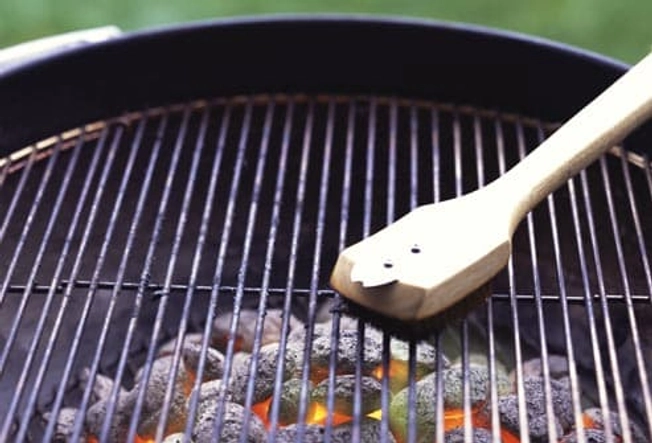
No-Stick Grilling
To prevent food from sticking to the grill, clean the grates thoroughly with a wire brush and hot, soapy water before cooking. It may be easier to remove leftover grease by preheating the grill. Once the grate is clean, let it heat up completely before cooking -- 20 to 30 minutes for a gas grill. Preheat a charcoal grill about as long, until the coals are lightly coated with ash.
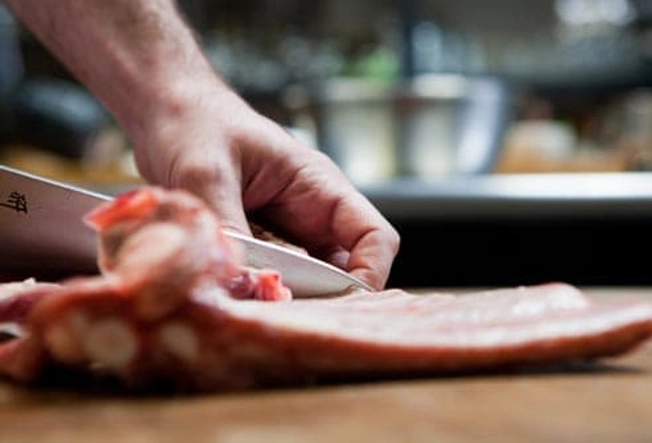
Safe Food Etiquette
Follow these four tips for safe grilling:
- Keep all food on ice or refrigerated until it reaches the grill.
- Wash your hands and all your cooking utensils in warm, soapy water before you start to cook.
- Put cooked food on a clean platter, not the one you used for the raw food.
- Cook foods thoroughly. Don't partially grill foods to finish cooking later.
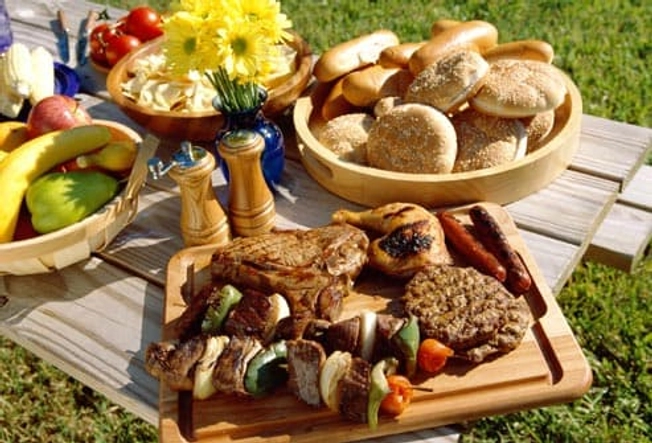
Give It a Rest
After you remove meat or poultry from the grill, let it sit for 5 minutes. The juices will settle as the temperature evens out. Because resting prevents the juices from leaking out, the meat will be more moist and tender.

Post a Comment
0Comments